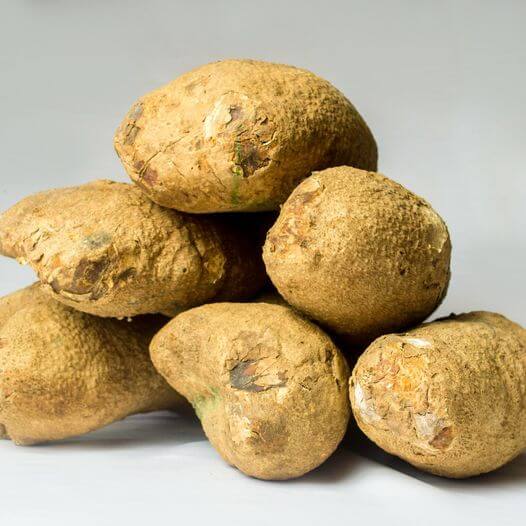Yam (Dioscorea spp.) is considered as a famine food and plays a prime role in the food habit of small and marginal rural families and forest-dwelling communities during the food scarcity periods.
It is recognized as the fourth most important tuber crop after potatoes, cassava, and sweet potatoes and contributes about 10% of the total root and tubers production around the world.
Dioscorea tubers have a nutritional advantage over other root crops. It contains a good source of essential dietary supplements such as protein, well balanced essential amino acids, and many dietary minerals. Dioscorea species are the monocotyledonous tuber crops under the family Dioscoreaceae and the genus includes more than 600 different species worldwide.
Most of the species are unique for their food, medicinal and economic values but their wider utilization is limited due to the presence of anti-nutritional compositions. There is an enormous diversity in the wild and domesticated species that are being used by tribal communities as traditional food. However, systematic characterization of food quality traits in wild species is a major prerequisite for mass consumption and cultivation. The characterization of wild yam species both at the phenotypic and molecular level is a major prerequisite for the identification of better yam genotypes with improved traits to integrate them in future yam breeding programs.
Acquisition of an understanding of the chemical properties of the wild tubers may help for bio-prospecting of the tuber in food industries. Despite its economic and cultural importance, breeding, and selection of yam genotypes with improved traits is currently inhibited by the lack of adequately characterized wild species both at the morphological and molecular level. The dearth of knowledge regarding population structure has significantly contributed to the genetic erosion of yams. Therefore, the present review describes the ethnobotany of wild yam species concerning their nutritional, anti-nutritional, and also highlights the recent progress in pharmacological properties of wild yam species for addressing future food and nutritional security.
Health Benefits
May prevent and relieve arthritis symptoms
Wild yam root contains diosgenin, which has been shown to inhibit the progression of both osteoporosis arthritis and rheumatoid arthritis.
Mice who were given wild yam extract daily for 90 days showed a measurable decrease in inflammation and, at higher doses, pain levels. Human studies are still needed to determine whether these same effects would occur in humans.
May reduce cholesterol
When diosgenin extracted from wild yam root was given to mice for four weeks, it significantly reduced both their overall cholesterol levels and their LDL levels. Researchers say their results indicated that diosgenin could reduce body weight and decrease cholesterol levels. The results are promising, but human studies are needed.
May improve hormone balance
Scientists can use the diosgenin in yams to produce estrogen, progesterone, cortisone, and other hormones for medical use.
In alternative medicine, yam cream is often used in place of estrogen cream to relieve symptoms of menopause. Women are sometimes advised to eat yams to help balance their hormones, and people with hormone-related conditions are discouraged from using yams medicinally. However, studies seem to disprove this usage. The human body does not seem to be capable of converting diosgenin into hormones. More studies are needed, but it seems that using yams to treat menopause, PMS, infertility, and low libido is not effective.

